Advertisement
The question of “Data Science vs Software Engineer: Which is a Better Career?” comes up often for those stepping into tech. Both offer good pay, strong job growth, and flexible work. They involve code, logic, and problem-solving, but the similarities mostly end there. One deals with data and insight, the other with systems and products. Knowing the differences can help you figure out where you’d fit best. It’s less about which is better and more about what kind of work you want to do each day—and what kind of thinking you enjoy most.
A data scientist's job is to pull answers out of raw data. That could mean cleaning records, digging through logs, building predictive models, or making dashboards for teams. Most of their work begins with open questions. Why are user numbers dropping? What could sales look like next quarter? The answers are hidden in the data.
A typical day involves writing scripts in Python or R, querying SQL databases, testing models, and checking if the results make sense. Tools like Pandas, Jupyter, and Scikit-learn are part of the mix. The math behind the scenes—statistics, regression, clustering—helps shape the conclusions.
But technical skill alone doesn’t make a good data scientist. You need to think clearly, filter out noise, and know how to present results in a way that teams can act on. It’s a role that blends coding, analysis, and storytelling.
Unlike software engineers, data scientists don’t usually build apps. Their focus is to explain what happened, predict what might happen, and recommend what to do. That means less deployment and more iteration. It also means the work can shift depending on the business need.
Software engineers build systems that work. Their focus is on writing code that runs in the real world—across web apps, mobile apps, backend systems, or internal tools. A feature request or system spec comes in, and it’s their job to bring it to life.

The work involves writing functions, testing for bugs, and thinking about long-term maintenance. A strong engineer is not just writing code—they’re designing systems that scale, load fast, and stay reliable. They may use JavaScript, Go, Java, C++, or Python, depending on the stack.
Tools include code editors, Git for version control, and deployment pipelines. They write unit tests, review pull requests, and fix issues as users find them. Much of their time goes to building and improving things that real users interact with every day.
They work closely with product teams and designers. The feedback loop is usually faster than in data science—if something breaks, users notice quickly. This keeps engineers grounded in stability and performance.
Over time, engineers move toward specialization (like frontend or DevOps), seniority, or team leadership. It's a path focused on technical depth, clear processes, and well-crafted software.
When comparing “Data Science vs Software Engineer: Which is a Better Career?” your mindset matters more than your major. Both jobs are technical, but they appeal to different ways of thinking. Some people enjoy exploring open problems. Others prefer building something concrete.
Data scientists need a solid grip on statistics, a habit of asking questions, and the ability to explain insights in plain language. There’s often ambiguity in their work, and the value shows up when teams act on their findings.
Software engineers focus on writing clean, working code. They think in terms of inputs, outputs, and system behavior. Their role rewards discipline and attention to small details. They don’t need to explain results to non-technical folks as often, but they do need to write clear, readable code.
The learning curve is different, not harder. Data science leans into math and modeling. Software engineering leans into algorithms and architecture. Over time, both require deep problem-solving skills and ongoing learning.
Each path offers strong long-term growth. Data scientists can move into research, analytics leadership, or product strategy roles. Engineers can become architects, staff engineers, or engineering managers. The end goal depends on what kind of impact you want to make.
Both careers pay well and are in demand, but the landscape is slightly different. Software engineering has a broader presence. Every major company needs developers. That means more openings and more structured hiring processes.
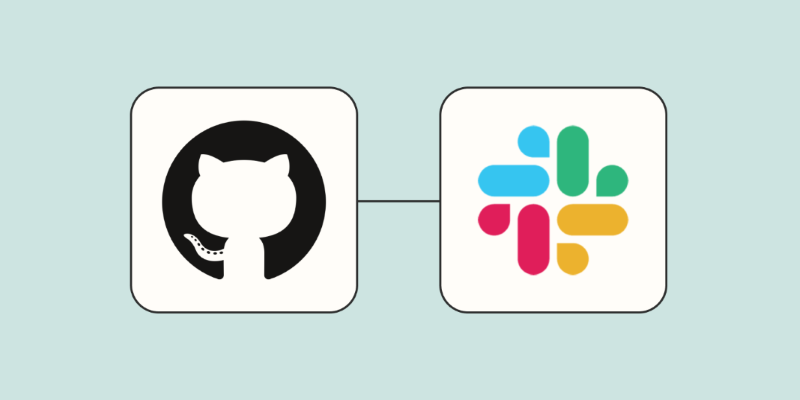
Data science roles are growing, especially where companies collect and use large volumes of data. But the titles vary—data analyst, ML engineer, applied scientist—and some roles expect more business knowledge than others.
Salaries in both tracks are competitive. Software engineers may see higher base pay at the entry-level, especially in big tech. Data scientists often catch up with experience, especially if they work with machine learning, forecasting, or personalization systems.
Work culture overlaps in many places. Both roles include daily standups, collaboration tools like Slack or GitHub, and work on sprint cycles. But the flow of work is different. Engineers work with products and designs to deliver features. Data scientists spend more time aligning with business or strategy teams.
Software engineers are measured by output: code quality, features delivered, and system uptime. Data scientists are measured by outcomes: insights found, models adopted, or improvements in business metrics. That difference shapes the pace and focus of their work.
So, “Data Science vs Software Engineer: Which is a Better Career?” depends on how you like to think. Data science leans into analysis and open-ended questions, often tied to strategy. Software engineering is more about creating working systems and shipping code. Both careers are rewarding, but they ask different things from you. One thrives on curiosity and context, the other on clarity and construction. You’ll need technical skills either way—but the job you’ll enjoy more is the one that matches your mindset. In the long run, choosing the work you like beats choosing the job that sounds better on paper.
Advertisement
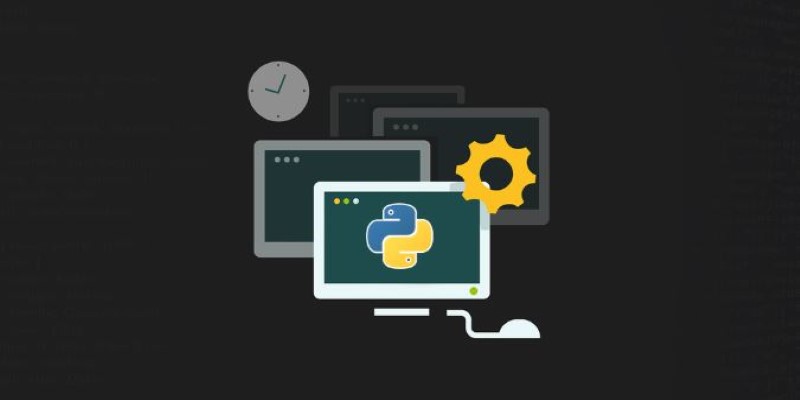
How to use os.mkdir() in Python to create folders reliably. Understand its limitations, error handling, and how it differs from other directory creation methods

How Python Tuple Methods and Operations work with real code examples. This guide explains tuple behavior, syntax, and use cases for clean, effective Python programming

How Remote VAEs for decoding with inference endpoints are shaping scalable AI architecture. Learn how this setup improves modularity, consistency, and deployment in modern applications

How switching from chunks to blocks is accelerating uploads and downloads on the Hub, reducing wait times and improving file transfer speeds for large-scale projects

Explore the top 10 LLMs built in India that are shaping the future of AI in 2025. Discover how Indian large language models are bridging the language gap with homegrown solutions

AI agents aren't just following commands—they're making decisions, learning from outcomes, and changing how work gets done across industries. Here's what that means for the future
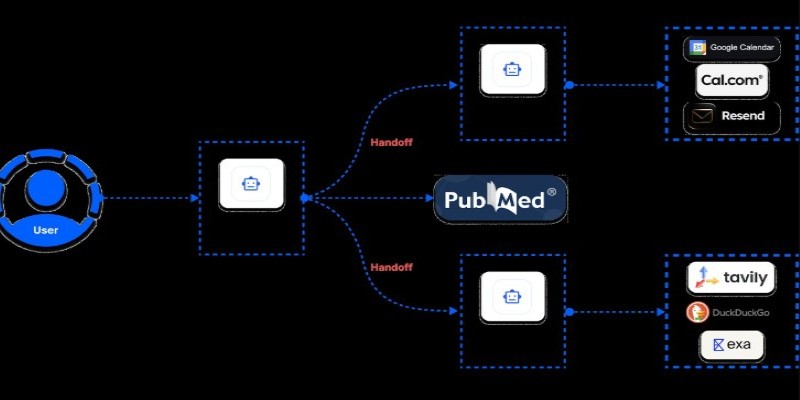
Learn how to build an MCP server using only five lines of Python code. This guide walks you through a minimal setup using Python socket programming, ideal for lightweight communication tasks
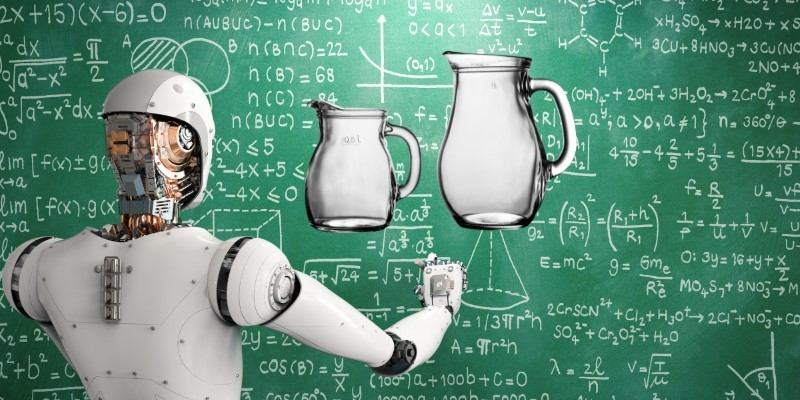
The Water Jug Problem is a classic test of logic and planning in AI. Learn how machines solve it, why it matters, and what it teaches about decision-making and search algorithms
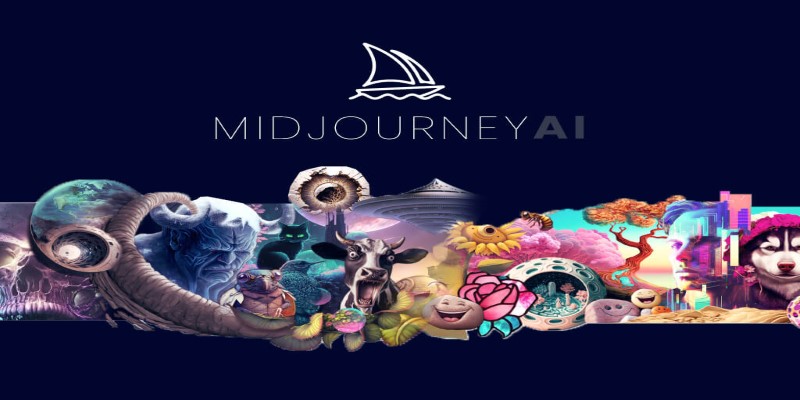
A step-by-step guide on how to use Midjourney AI for generating high-quality images through prompts on Discord. Covers setup, subscription, commands, and tips for better results
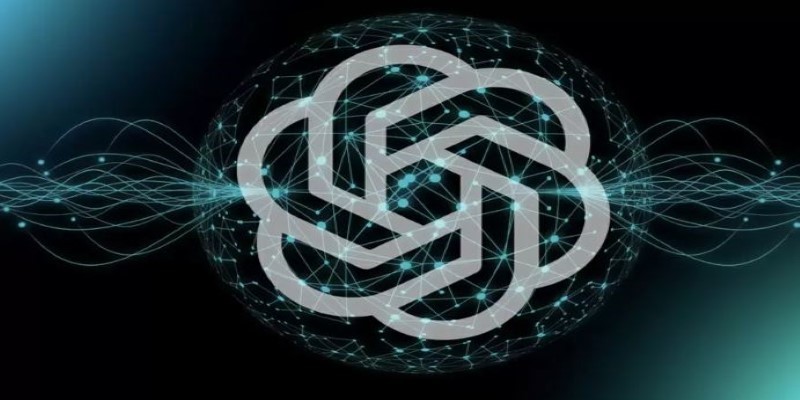
How 7 popular apps are integrating GPT-4 to deliver smarter features. Learn how GPT-4 integration works and what it means for the future of app technology
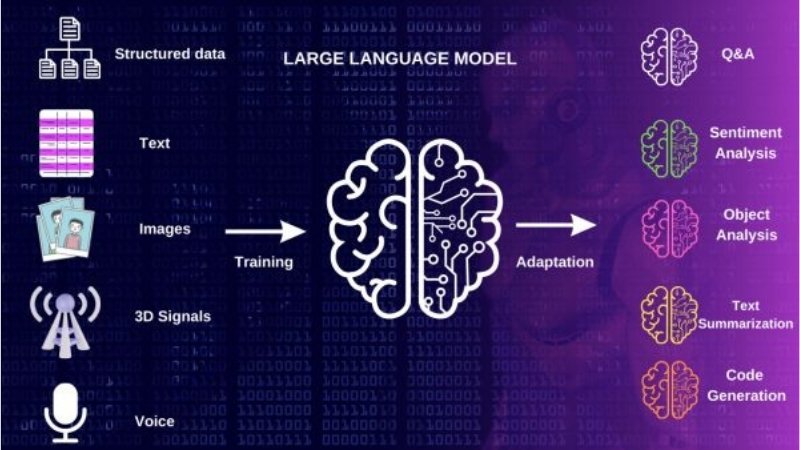
Multilingual LLM built with synthetic data to enhance AI language understanding and global communication
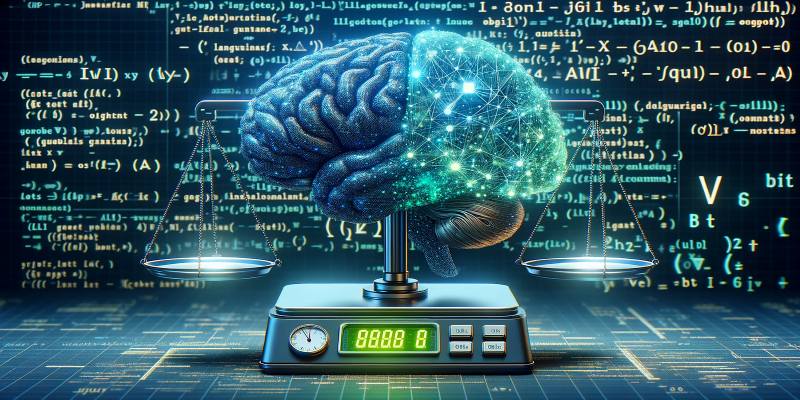
Want to run AI models on your laptop without a GPU? GGML is a lightweight C library for efficient CPU inference with quantized models, enabling LLaMA, Mistral, and more to run on low-end devices